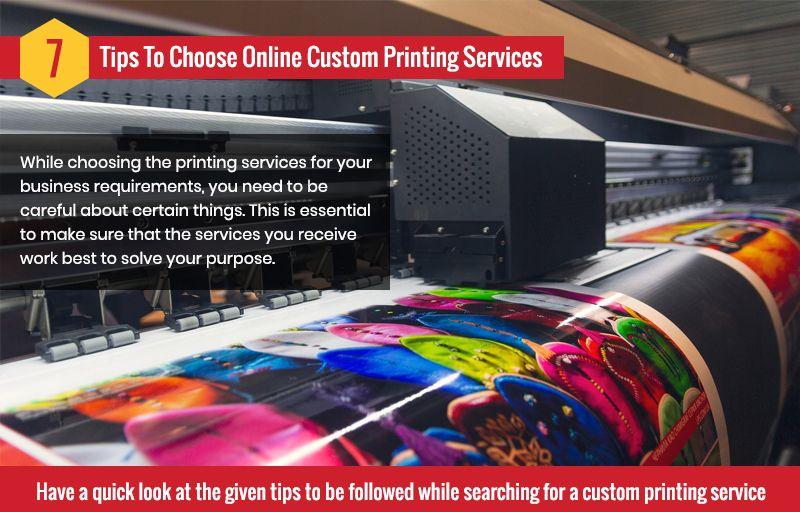These success stories show the true potential of print on demand businesses.
These success stories show the true potential of print on demand businesses.
Blog Article
Recognizing How Digital Printing Changes the Printing Market
The printing sector, long soaked in standard approaches, is going through an extreme transformation with the introduction of electronic printing. This innovative technology, which eschews the requirement for publishing plates, enables fast manufacturing and modification, reshaping the landscape of print communication. With its prospective to spur engagement with individualized content and to provide sustainable options, it's clear that electronic printing is more than a technical development; it's a pivotal game changer. However exactly how precisely does it reinvent the sector? Let's explore.
The Development of Digital Printing: A Quick Introduction
Because its inception, electronic printing has actually undertaken considerable improvements, constantly transforming the printing industry. Its advancement began with the development of xerography in the mid-20th century, a procedure which prepared for laser printers. With the introduction of the 90s, electronic printing modern technology began to mature, and the sector observed the intro of straight imaging presses, which eliminated the need for publishing plates. As the brand-new millennium unfolded, improvements in innovation further stimulated the growth of electronic printing, causing the development of high-speed inkjet printers. These tools used exceptional quality and rate, forever transforming the landscape of the market. Today, electronic printing stands as a testament to human technology, continuously evolving to satisfy the ever-changing needs of the modern world.

Unpacking the Modern Technology Behind Digital Printing
Diving into the ins and outs of electronic printing technology, one experiences a rich tapestry of sophisticated equipment and complex algorithms. At the heart of this procedure exists a digital image, which is refined by software program that divides it into a grid of dots. This complex system, strengthened by advanced software application and high-resolution imaging, has actually changed the landscape of the printing sector, leading the means for unprecedented levels of detail and precision.

The Advantages of Digital Printing for Organizations
Understanding the technology behind digital printing provides a clear image of its precision and detail. Digital printing is environmentally pleasant, making use of much less ink and creating less waste. The full possibility of electronic printing is realized when made use of for modification and customization, a topic that will be covered in deepness in the next section.
The Duty of Digital Printing in Customization and Personalization
While conventional printing methods fight with modification and personalization, electronic printing masters these locations. It enables the simple modification of layouts, his explanation without the requirement for pricey and taxing plate adjustments (print on demand). This makes it possible for services to tailor items to private customers, conference particular demands and improving customer complete satisfaction
Digital printing additionally enables variable information printing, where aspects such as message, graphics, and images might be altered from one printed piece to the following, without reducing the printing procedure. This is particularly valuable for direct advertising projects, where customized messaging can dramatically improve reaction rates. By doing this, digital printing not only changes the printing industry but likewise changes the means companies interact with their clients.
Evaluating the Ecological Impact of Digital Printing
Although electronic printing has been lauded for its duty in modification and customization, it is important to analyze its ecological impact. Digital printing can be less wasteful than conventional techniques, due to the fact that it runs on a 'print as needed' basis, eliminating the need for large print runs that can lead to surplus and waste. Furthermore, it utilizes less chemicals and generates much less unpredictable natural substances (VOCs) compared to counter printing. Nonetheless, the power use of electronic printers can be high, bring about raised carbon impact. The usage of non-recyclable printing components and find more info the obstacle of e-waste management pose substantial ecological worries. As a result, while electronic printing has numerous advantages, its ecological influence needs to be conscientiously handled.
Final thought
In verdict, digital printing has changed the printing industry, providing my review here fast, cost-efficient, and premium services - print on demand. Recognizing these adjustments is essential for businesses to take advantage of the advantages of electronic printing properly.
Report this page